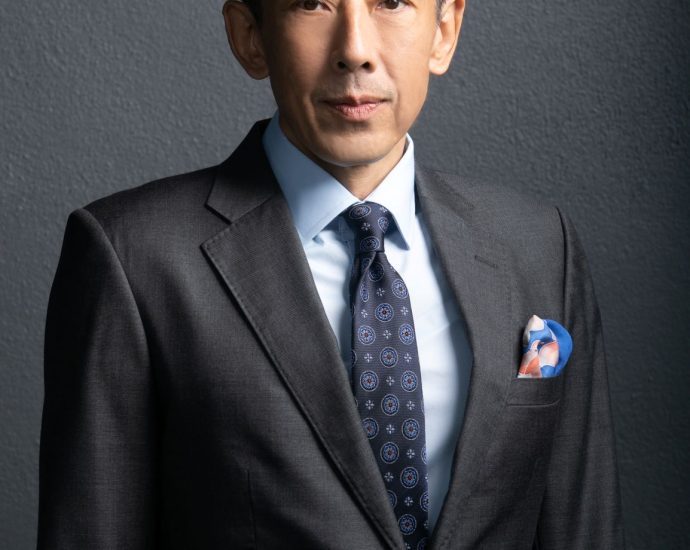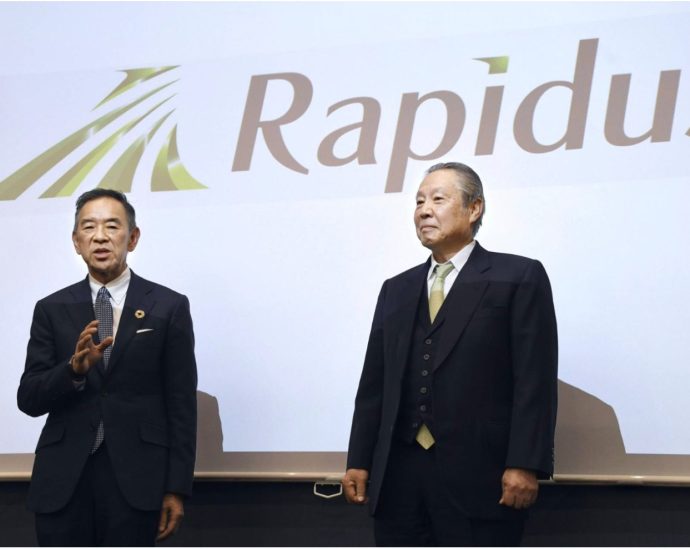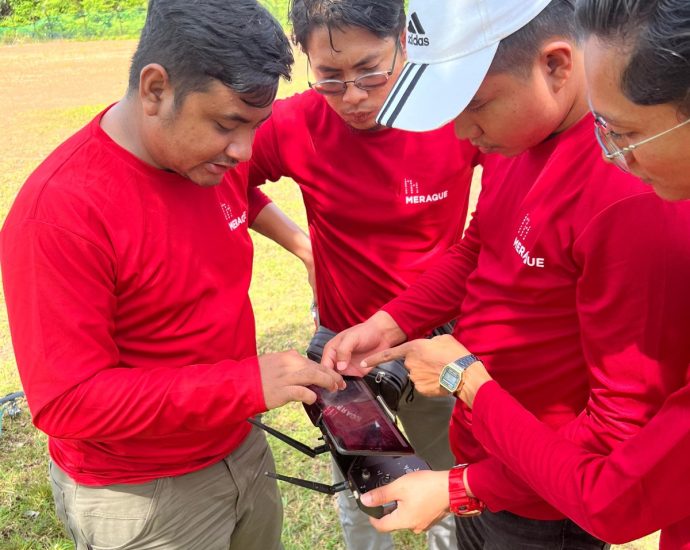Islamic lifestyle startup TheNoor to move HQ to Saudi Arabia
Malaysian startup inks partnership with Taibah Valley a Medina based VC
Relocation is part of efforts to support the Kingdom’s Vision 2030 program
Taibah Valley, the Saudi Arabian based investment arm of Taibah University in Medina, has announced its partnership with TheNoor, a Malaysian leader in technology and Islamic lifestyle that involves moving…Continue Reading












